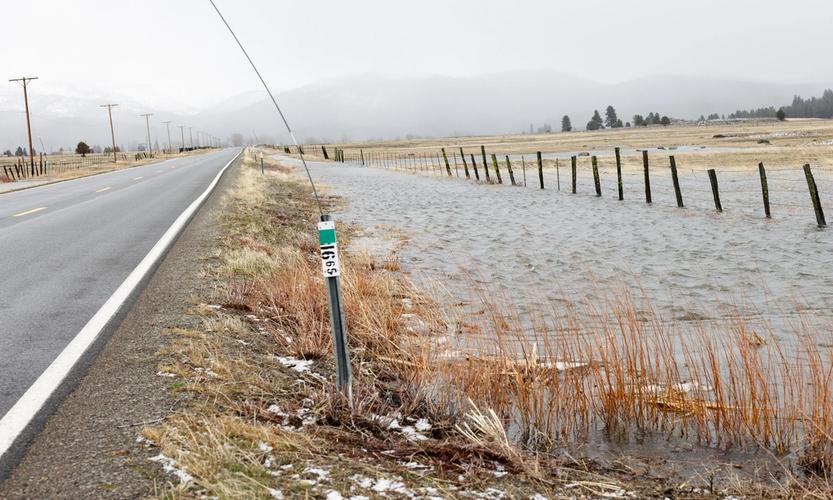Warm Up to the Idea of Ice Houses
By Arielle Hardy
December 22, 2022
With the increased popularity of people looking for off-grid, preparedness, and homesteading techniques, more people are going back to an age-old tradition dating as far back as 1775 BC. Before the use of electric refrigerators, ancient civilizations depended on the ice from rivers and lakes to help preserve food, and Amish traditions are still utilizing the practice of ice harvesting for refrigeration as opposed to using electrical technologies. Depending on how much room you have, storage can be customized to fit your personal needs. There are many ways to insulate a shed to convert it to an ice house for backup refrigeration in case the electricity goes down during the hot summer months. The Amish use saws and different equipment to harvest the ice on river and lake beds, and transport it to the ice house. If properly insulated, and with enough ice, it is said you can preserve food year-round. While I understand it may not be practical for many people to harvest ice off the lakebed, with our cold nights and access to water, we can make ice blocks right at home using plastic storage containers and begin a backup refrigerator preparedness plan. The scale can be as small as a wooden box lined with sawdust or an unused shed lined and insulated to put the blocks of ice in. You may ask, “why go through all that trouble?” It’s my opinion that if food can spoil within 24-48 hours in a freezer without electricity, it might be wise to experiment with an ice house and have some sort of backup plan as opposed to not having any way to keep your food cold in the case of an outage lasting longer than a few days. It is said, “it’s better to have it and not need it, as opposed to needing it and not having it“ and the importance of backup ice can be one of those situations. While we are in the season for ice at the moment, warm up to the idea of backup refrigeration and preparedness.
Featured Articles

FEMA Unveils Expanded Floodplain Maps for Sierra Valley →
November 4, 2025
FEMA’s new maps could require more Sierra Valley homeowners to purchase flood insurance.
Community Supports UPS Driver Garitt Cox in Board Presentation →
November 4, 2025
Fish & Wildlife Lethally Removes Sierra Valley Problem Wolves →
October 27, 2025
Plumas-Sierra CattleWomen Disband After 60 Years →
October 28, 2025
Exotic Animals Delight Downieville Students at Wild Things Assembly →
October 20, 2025